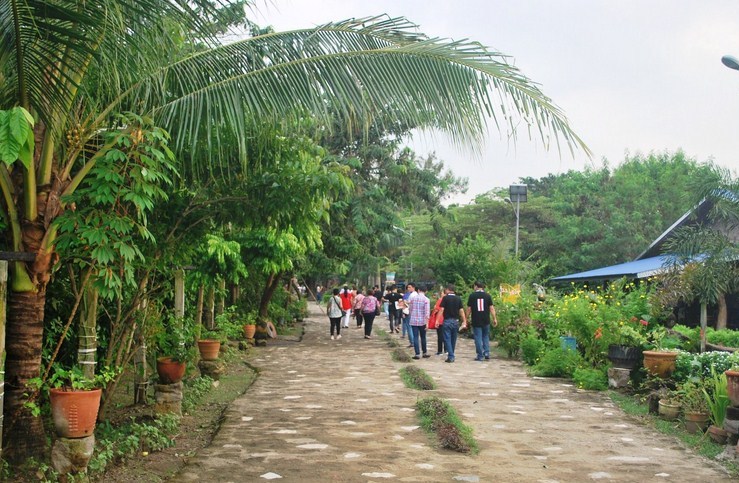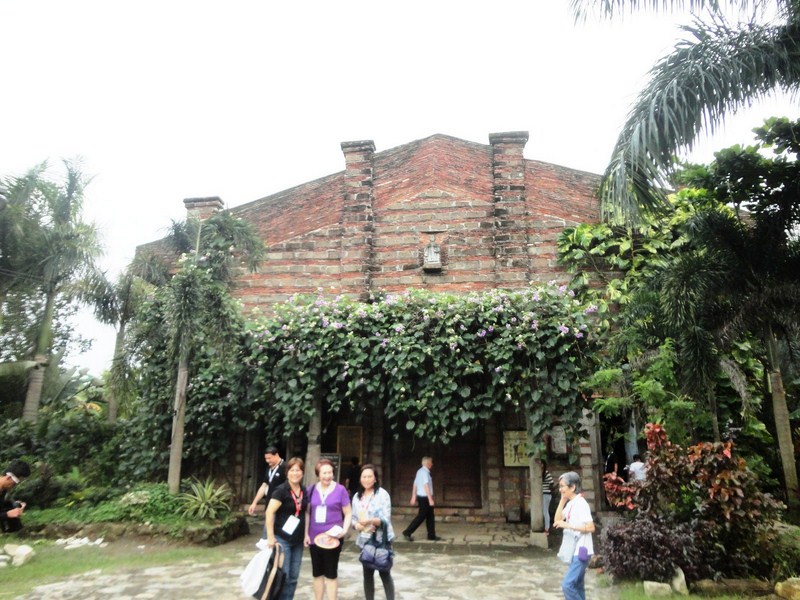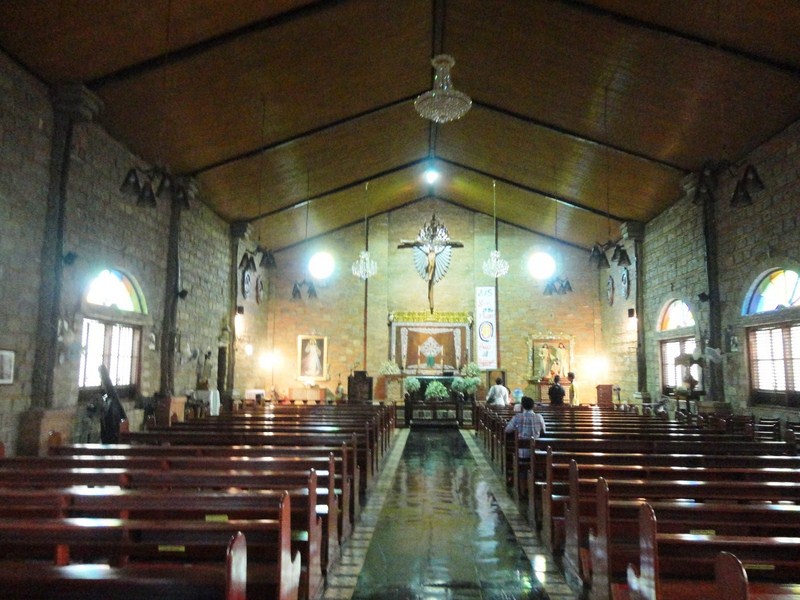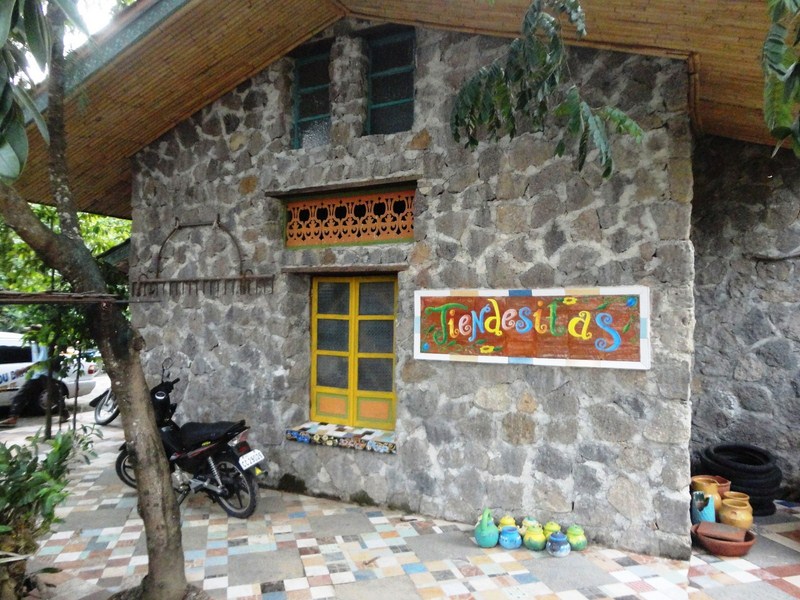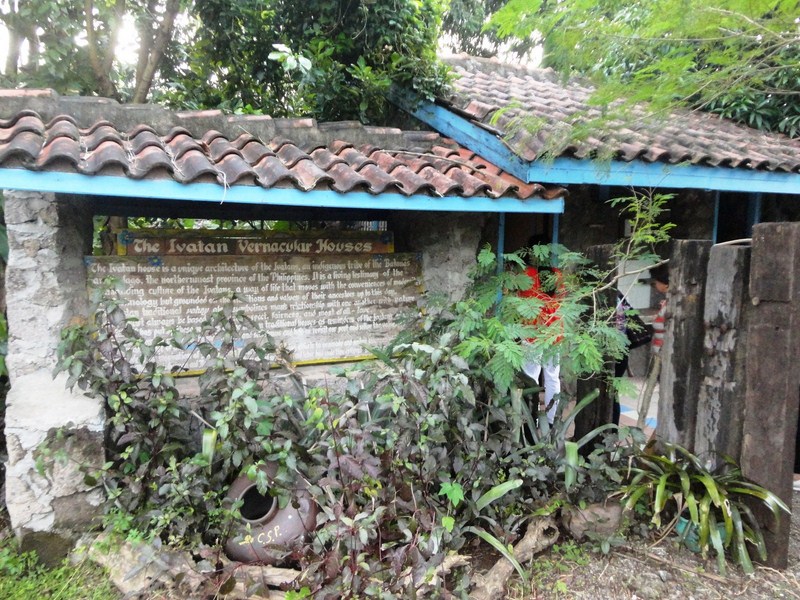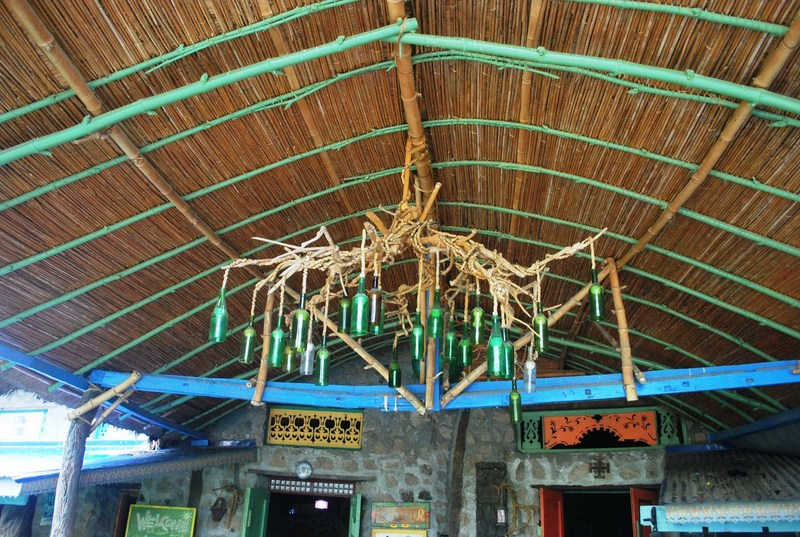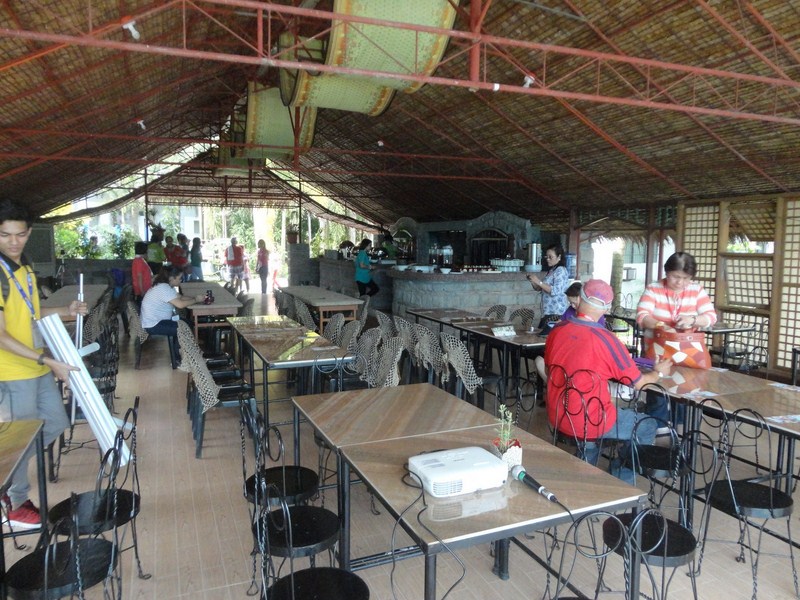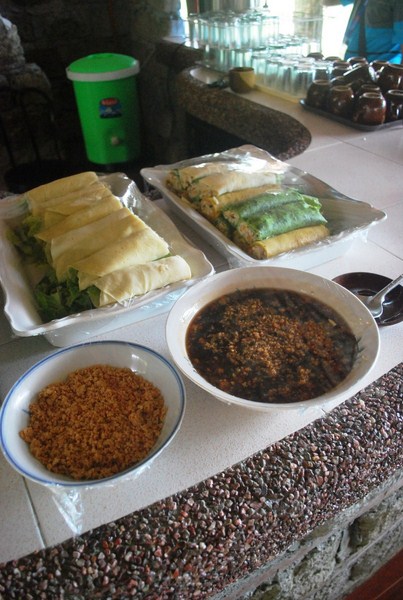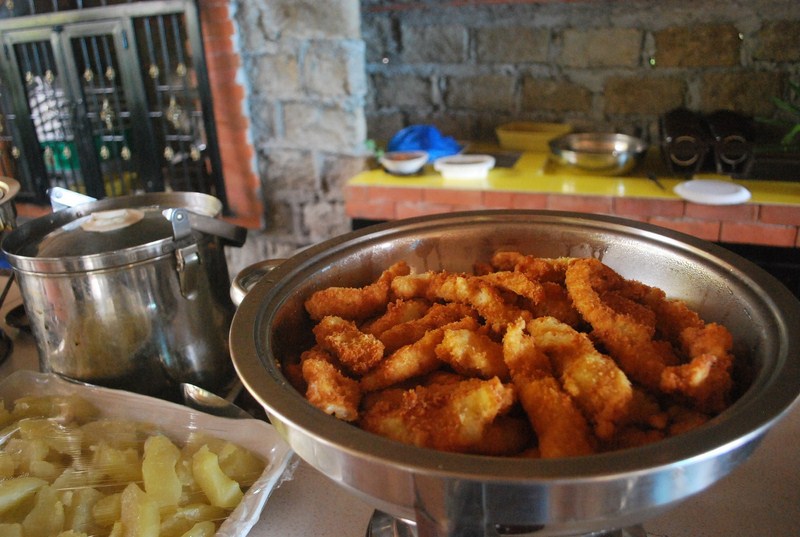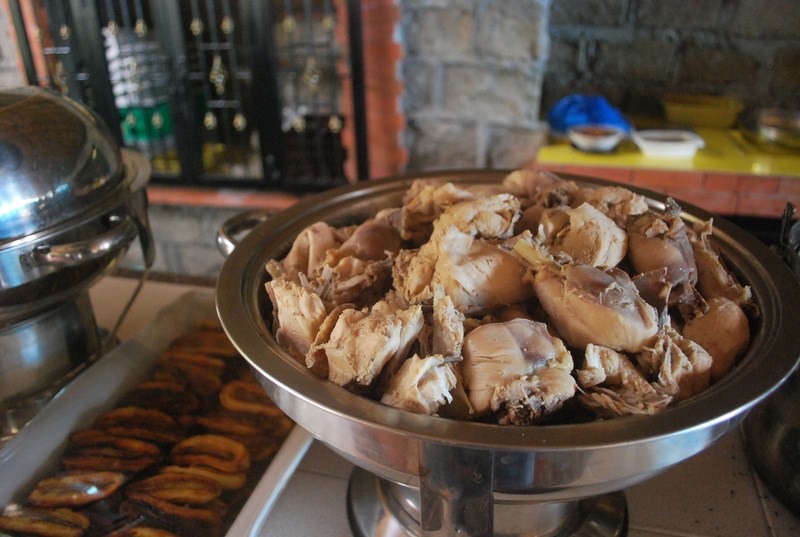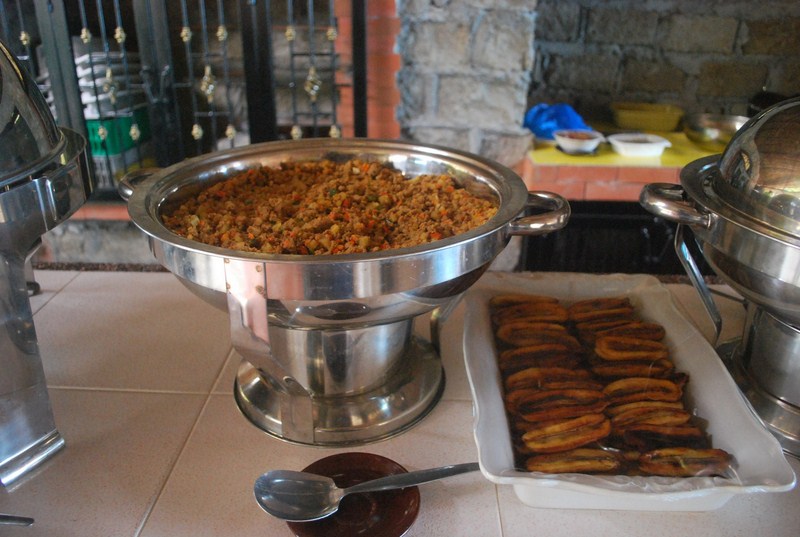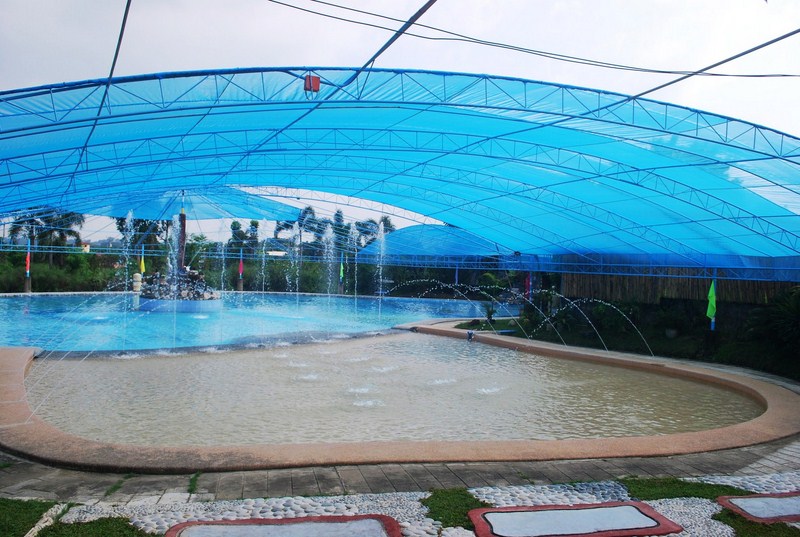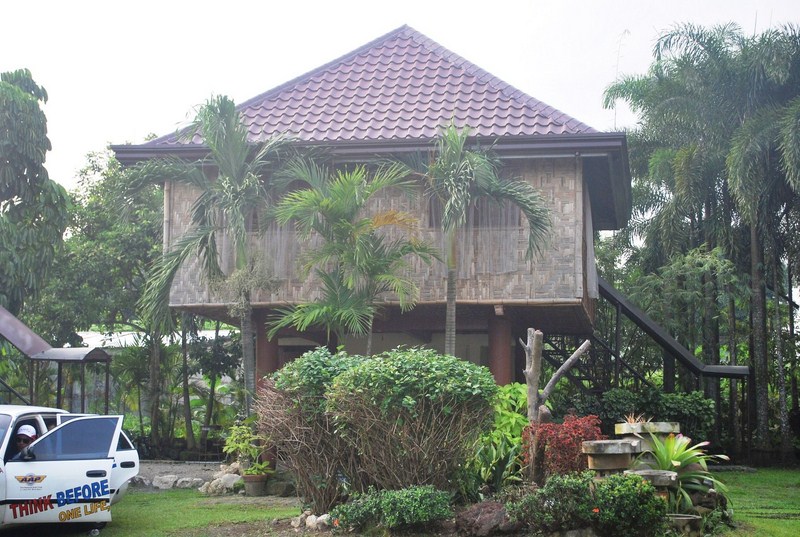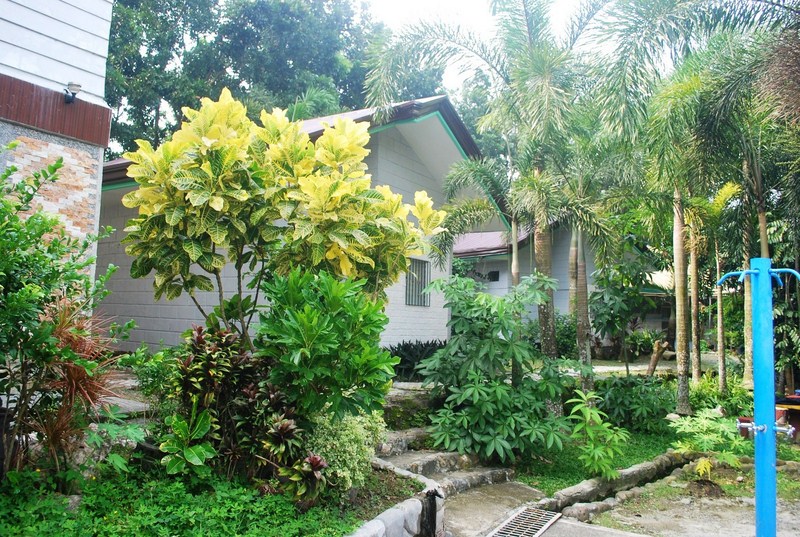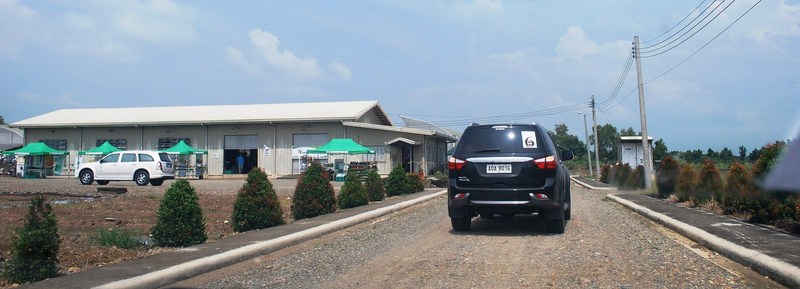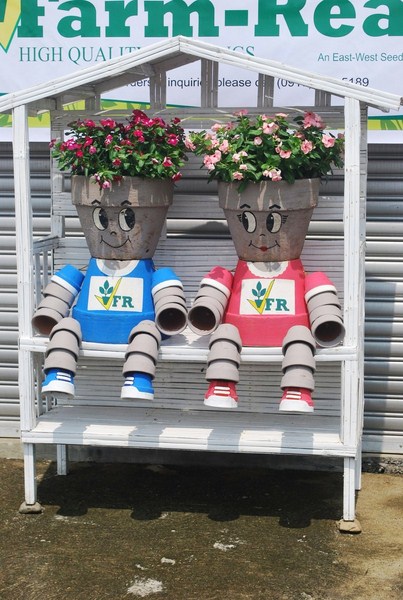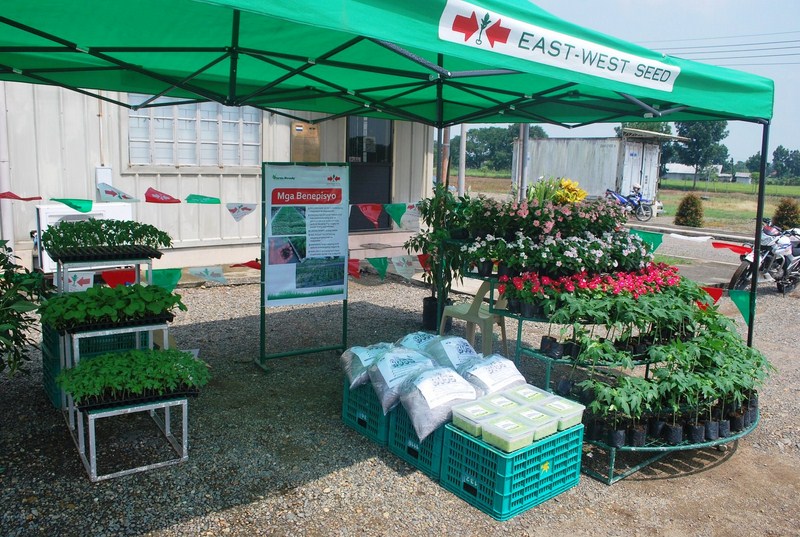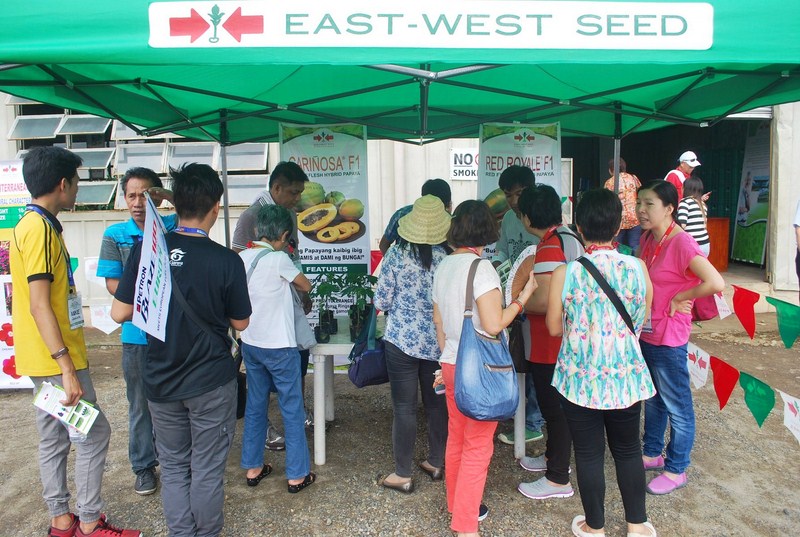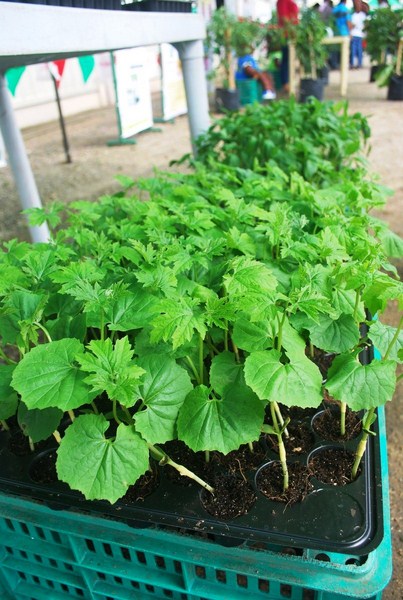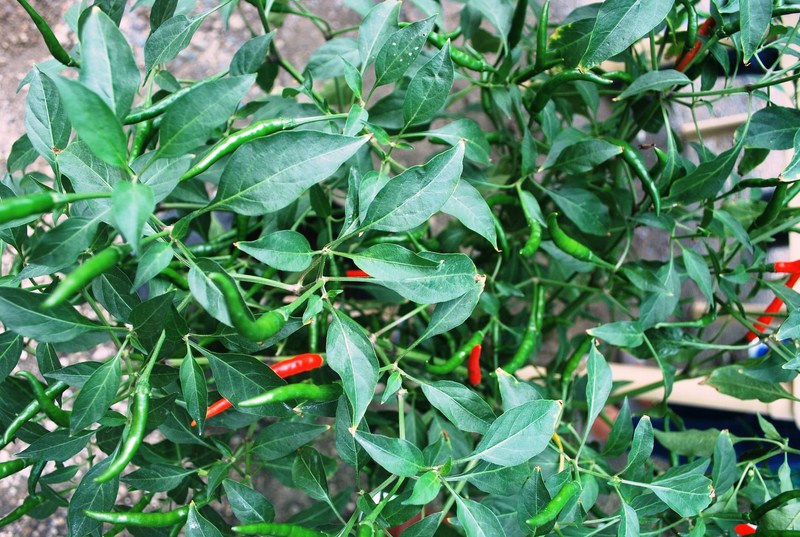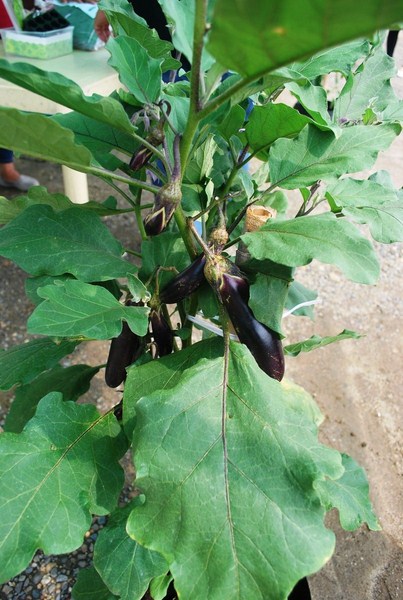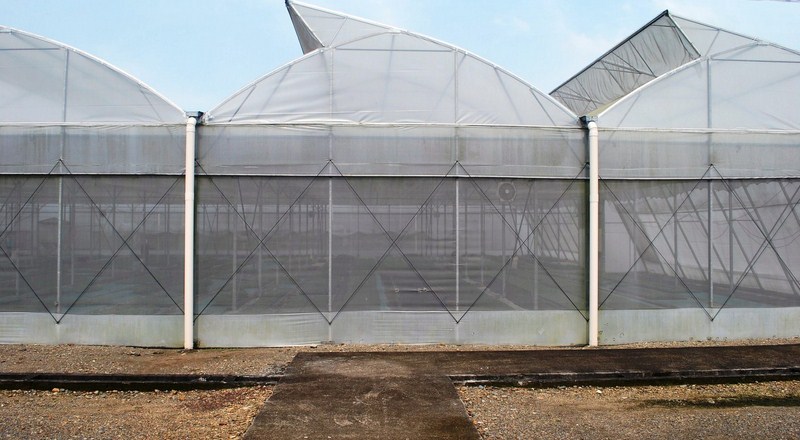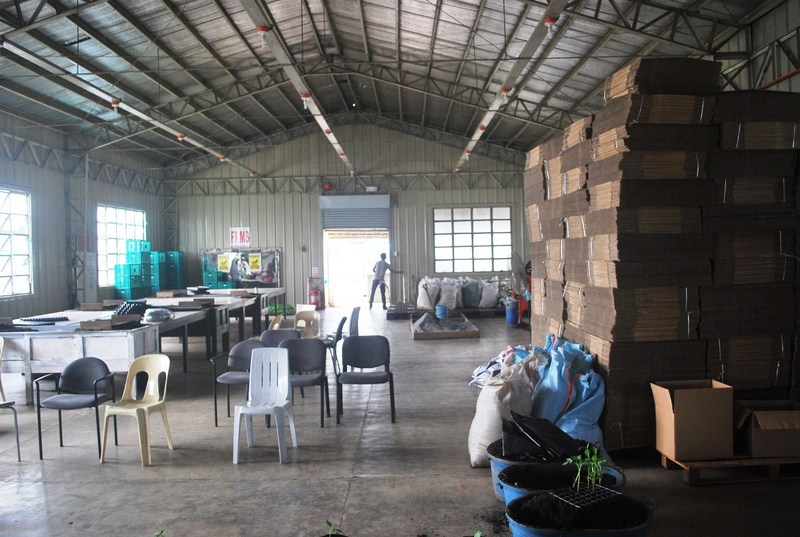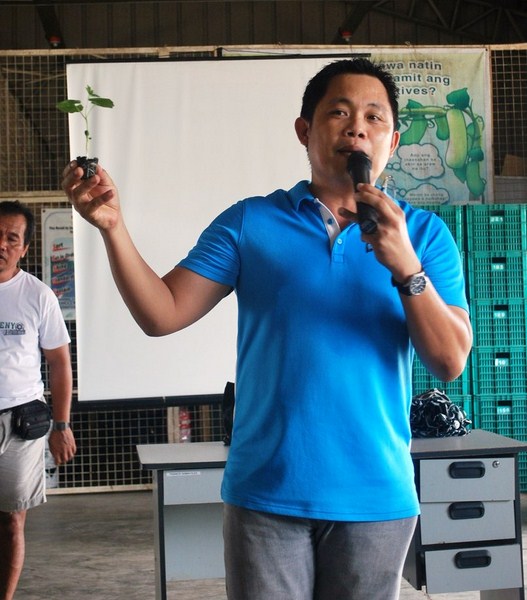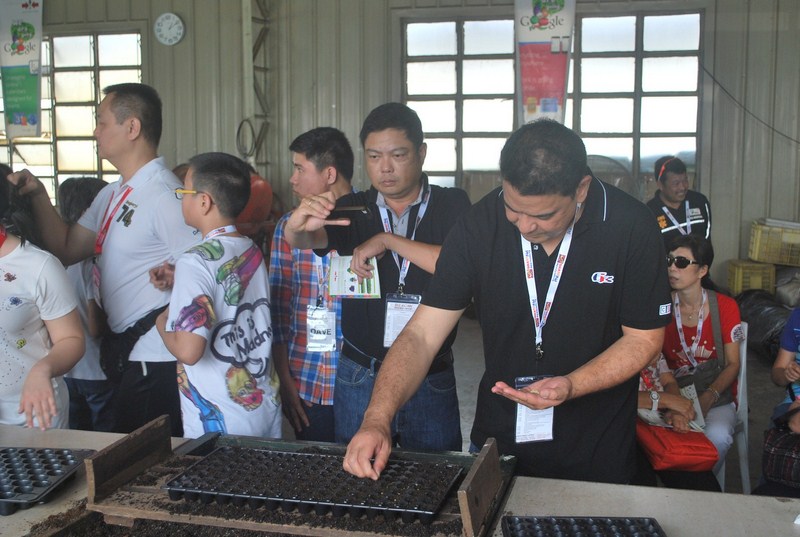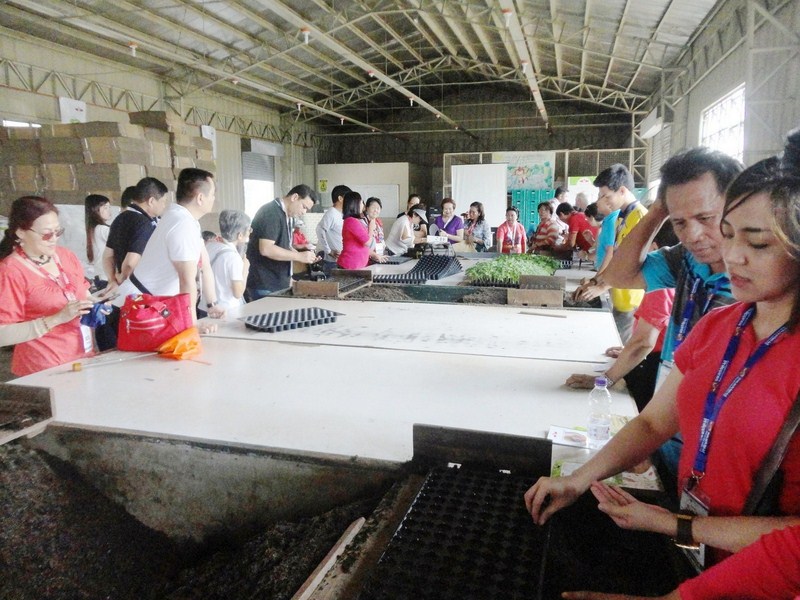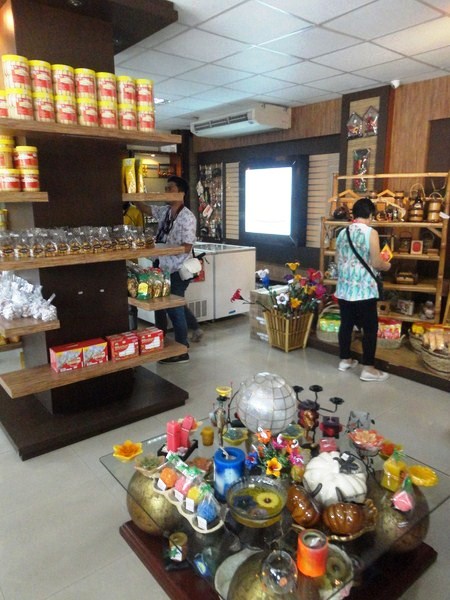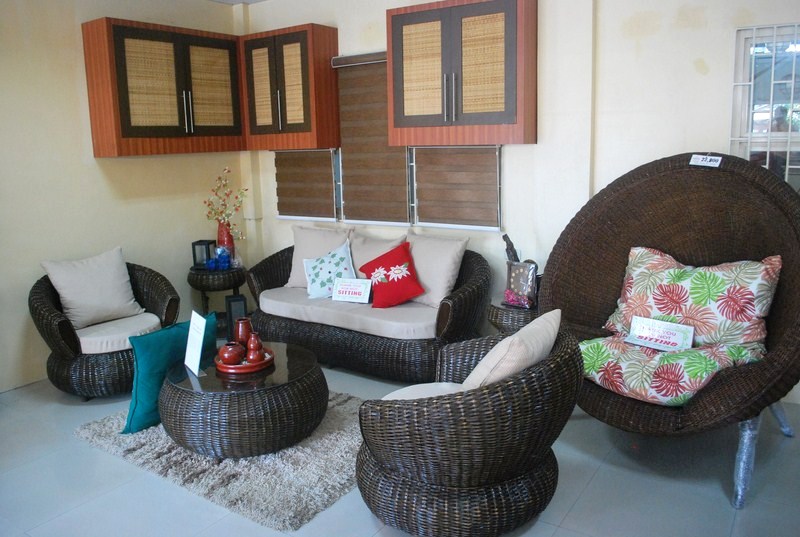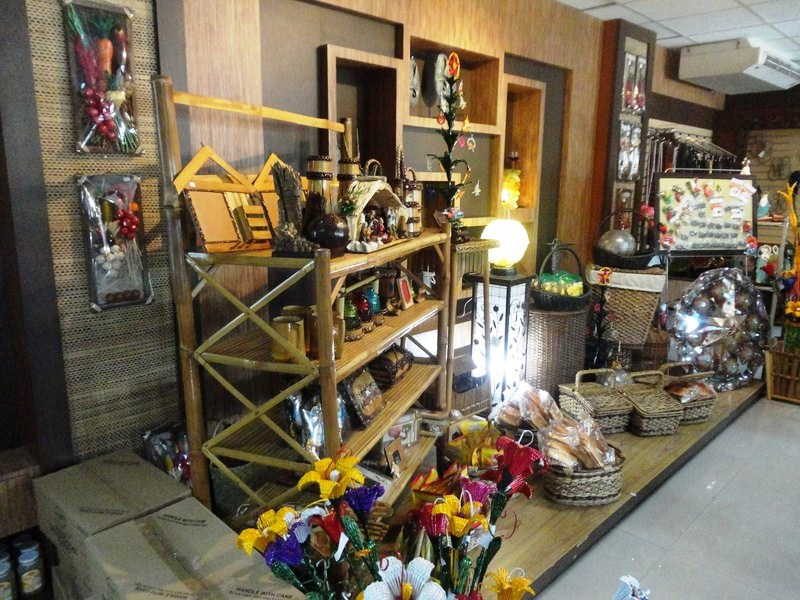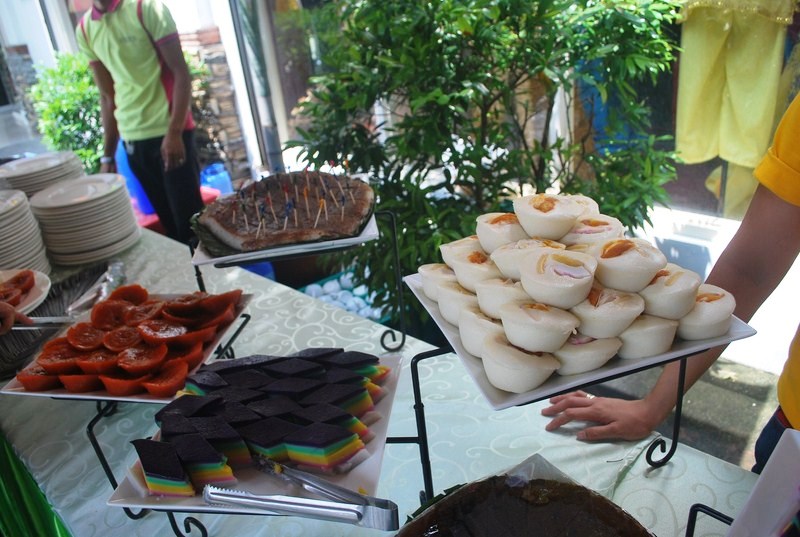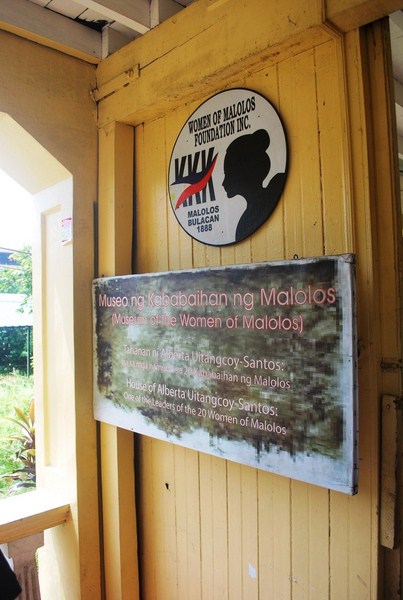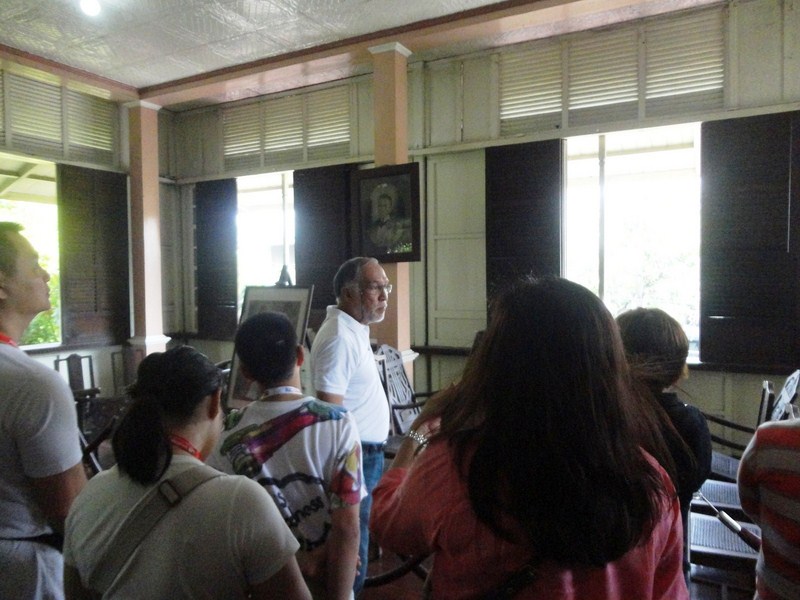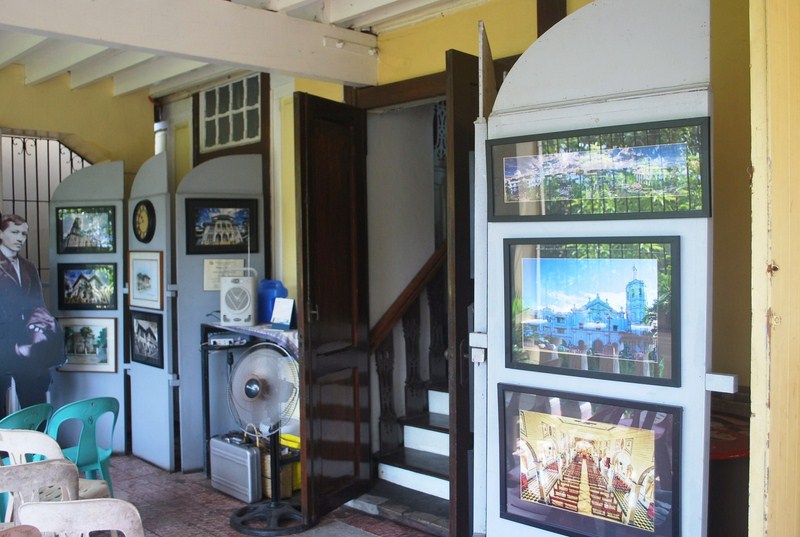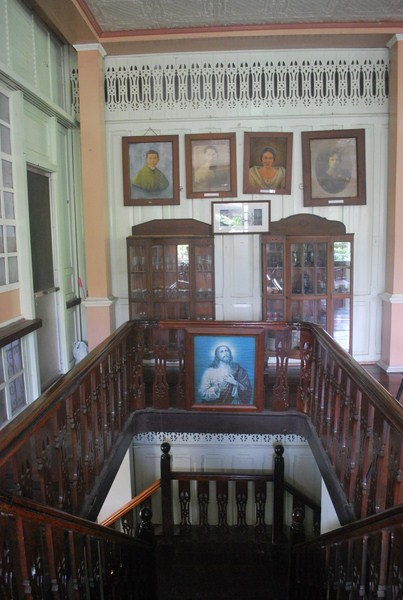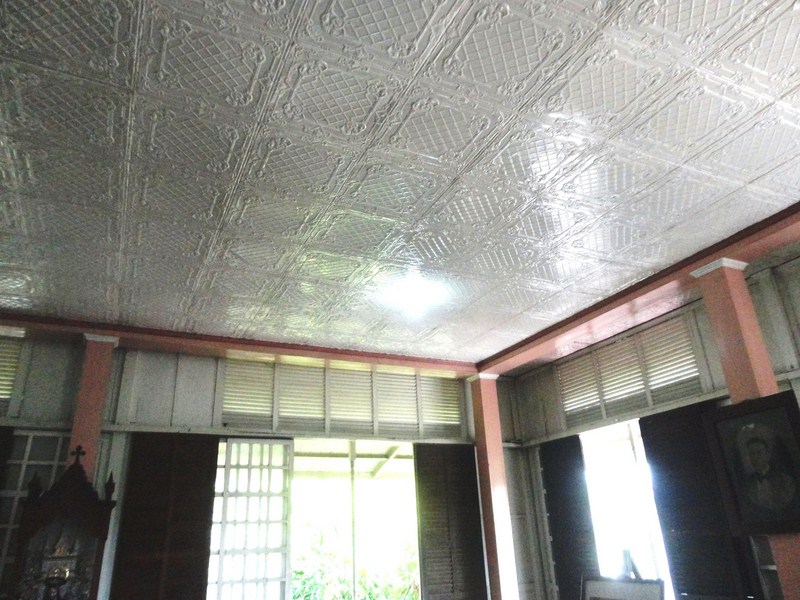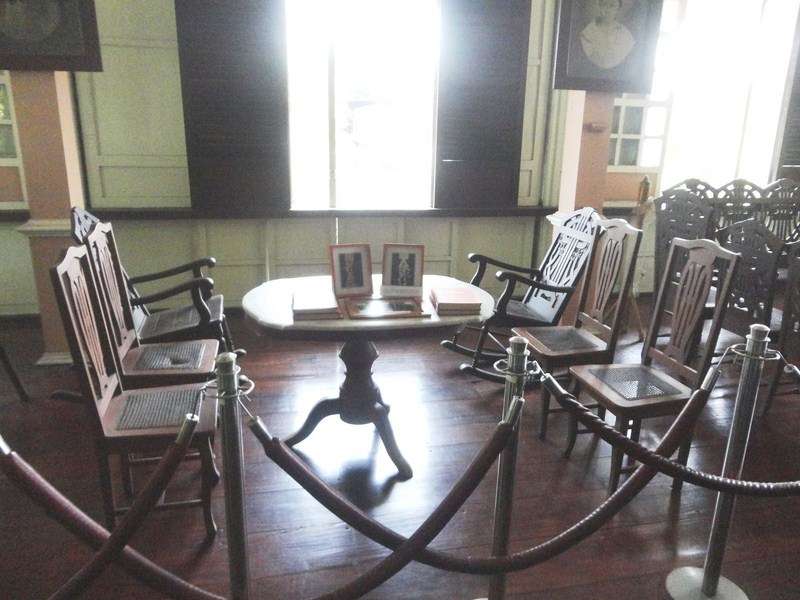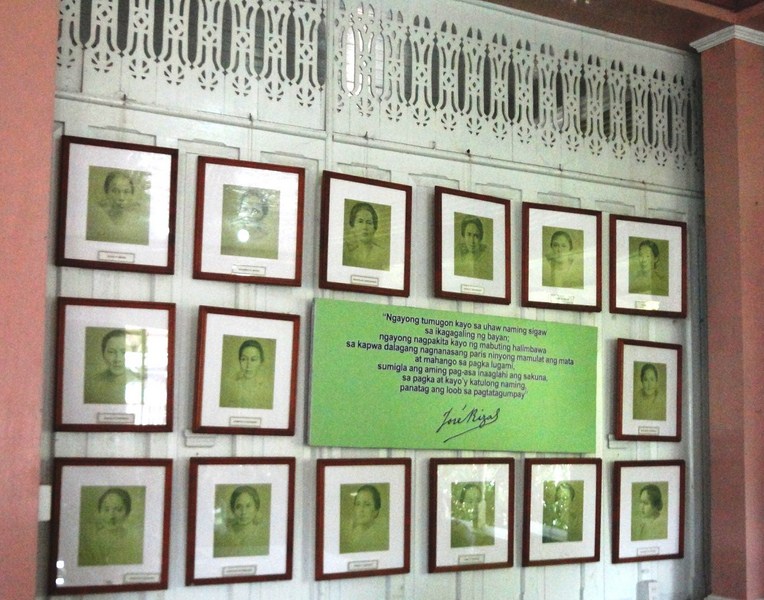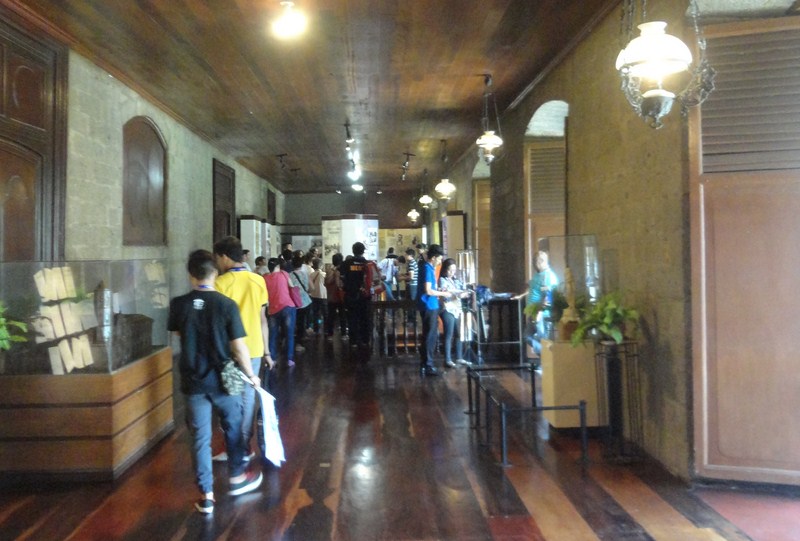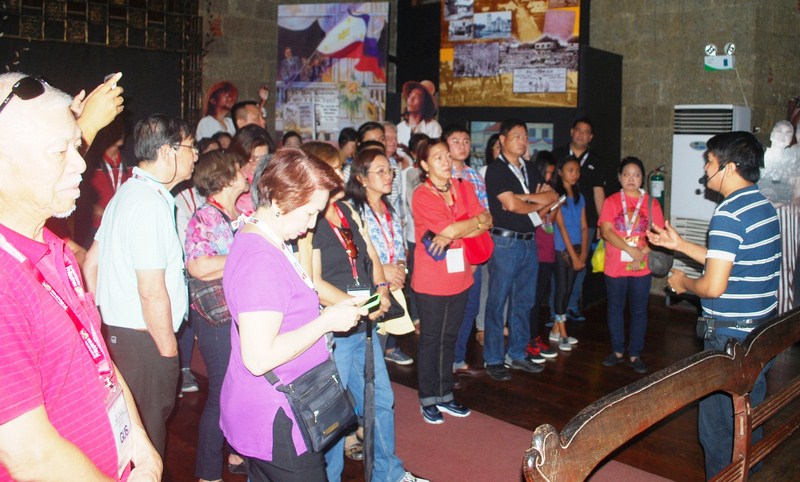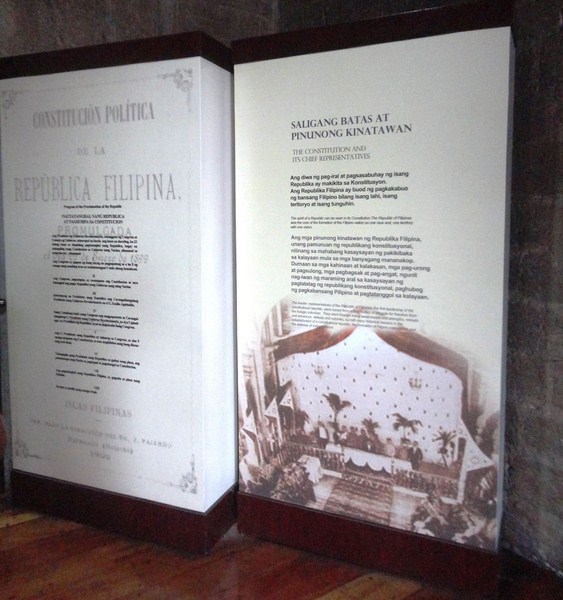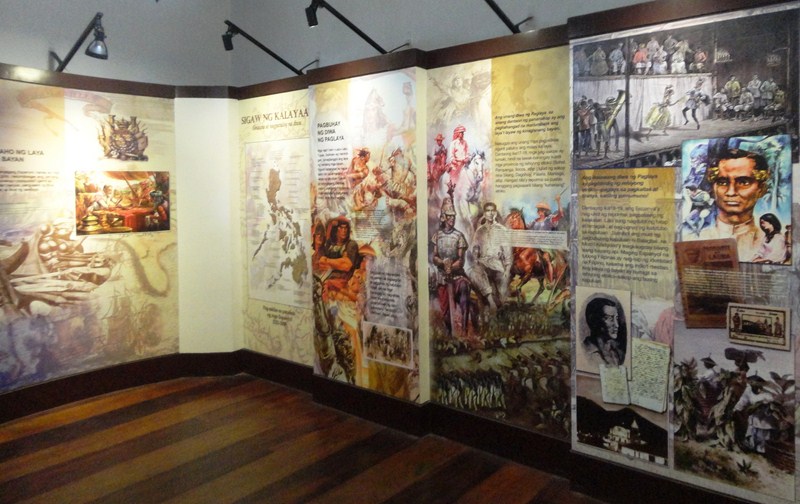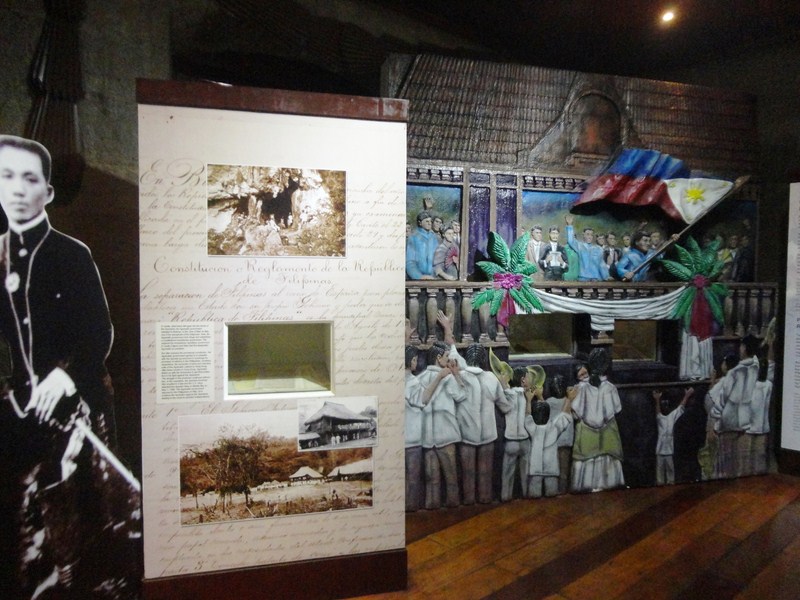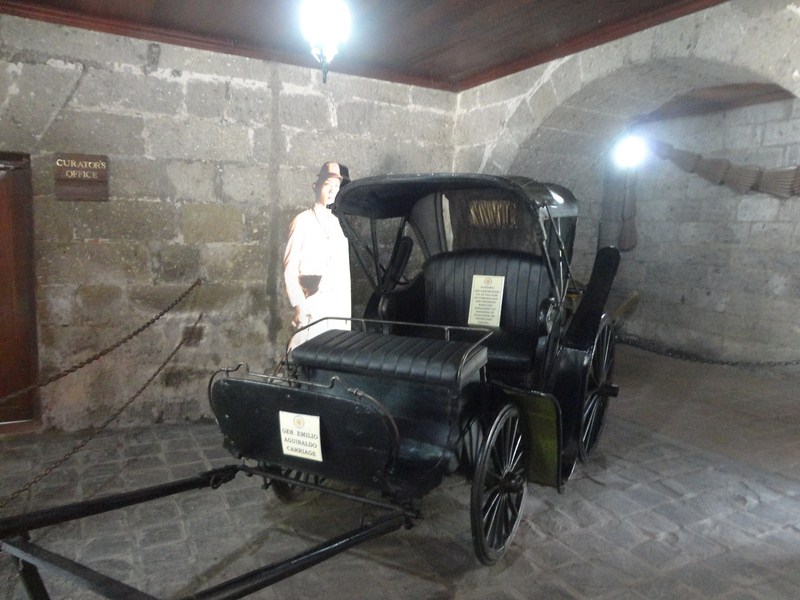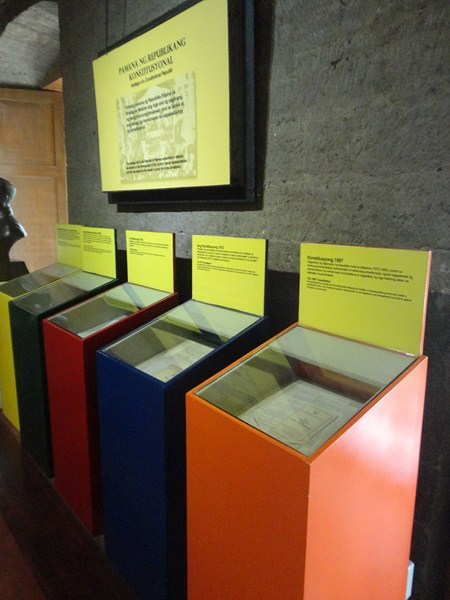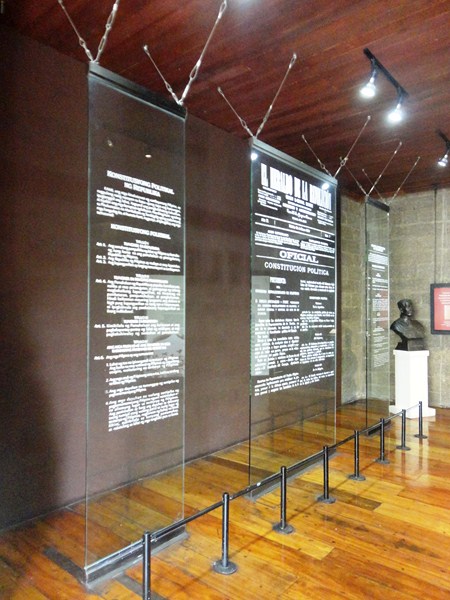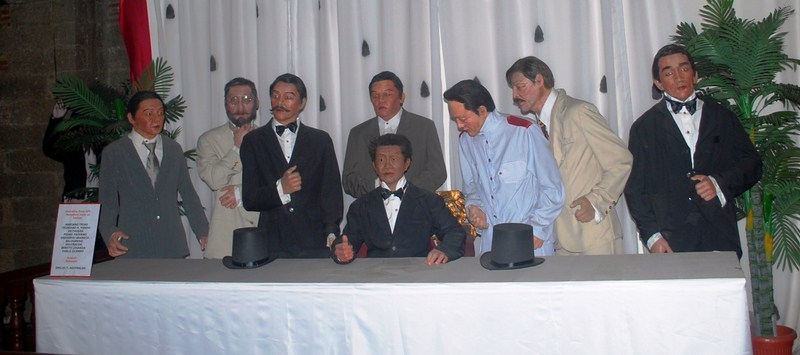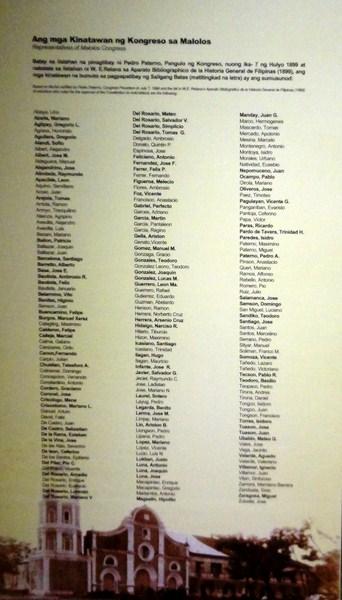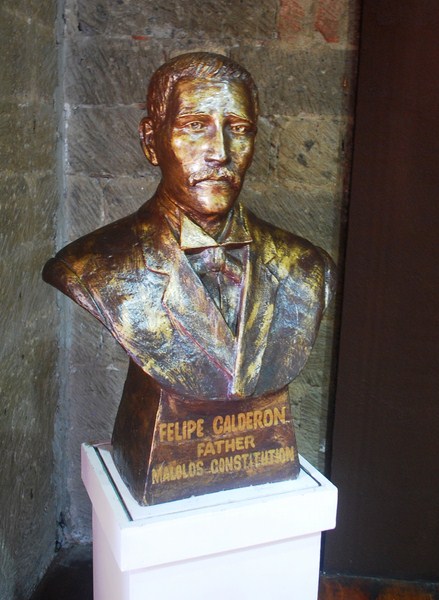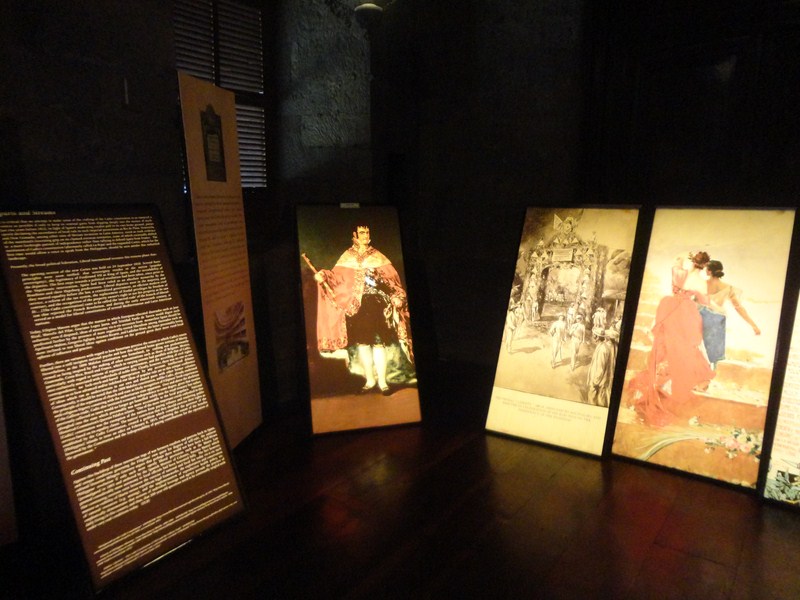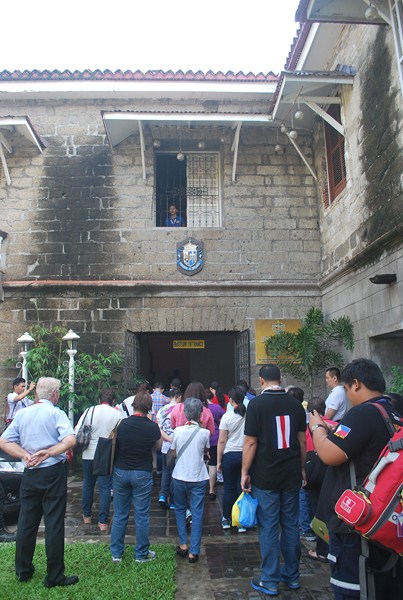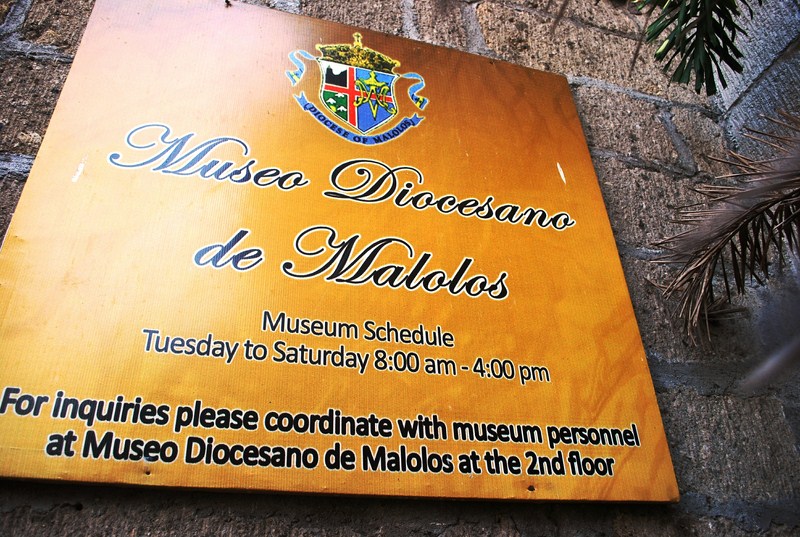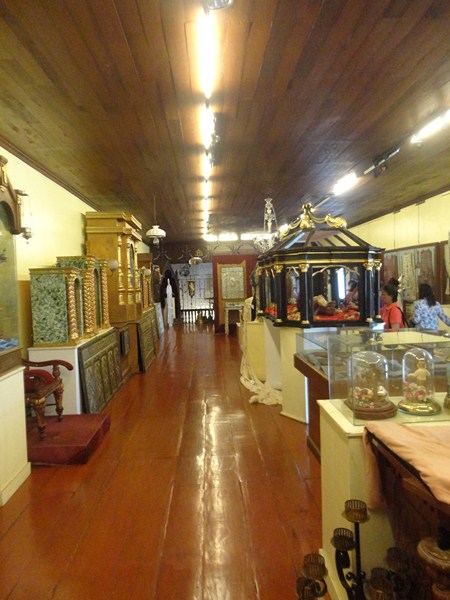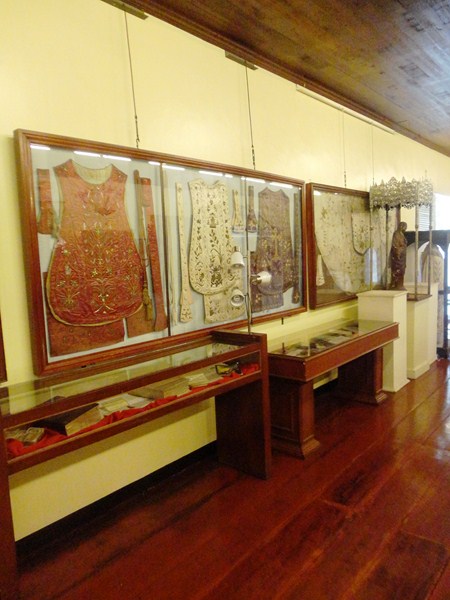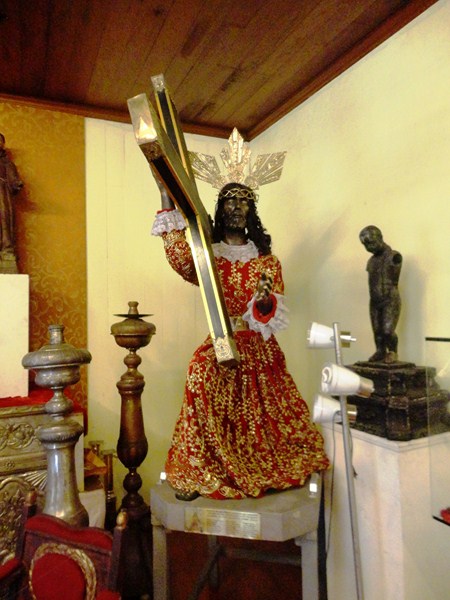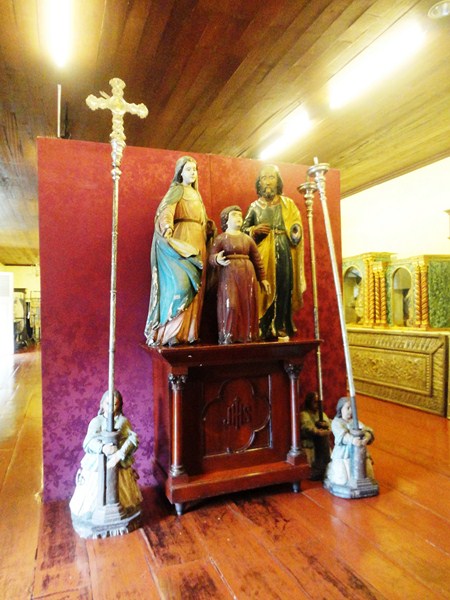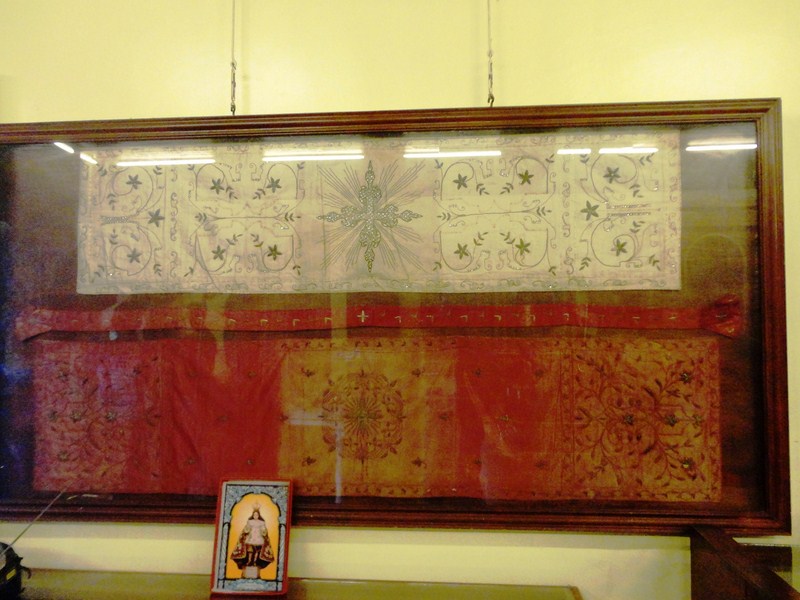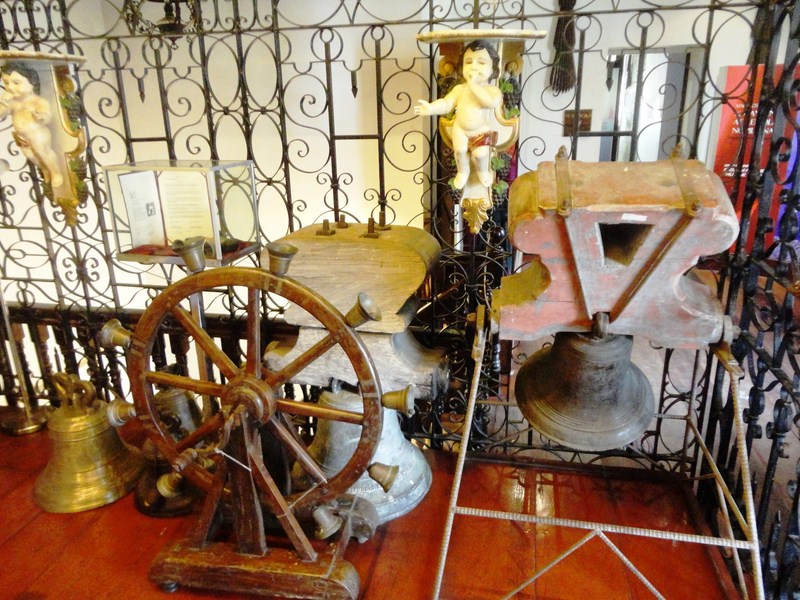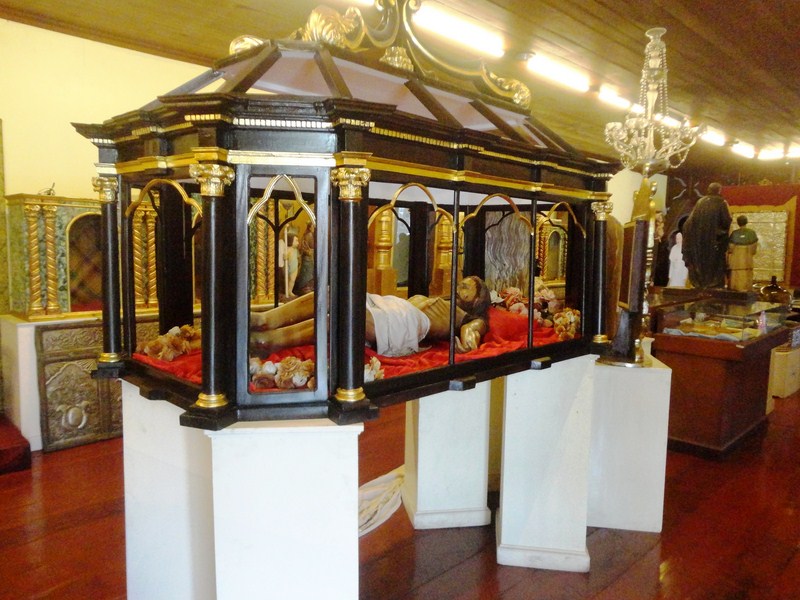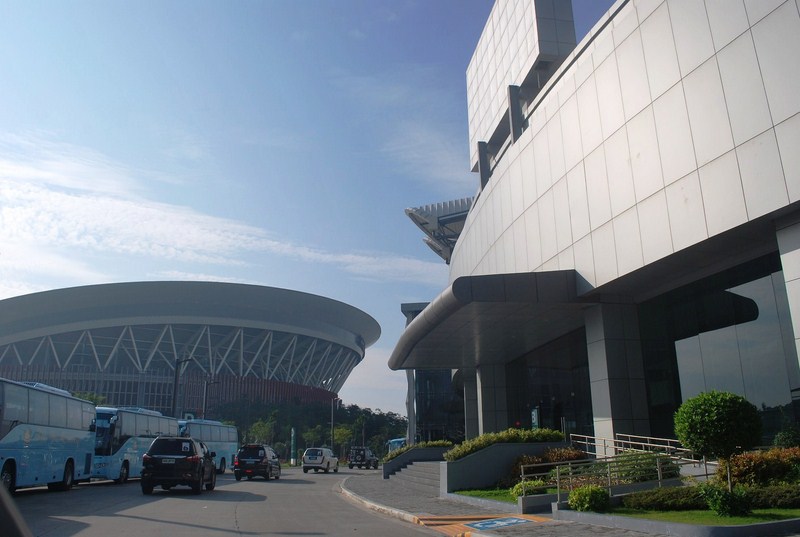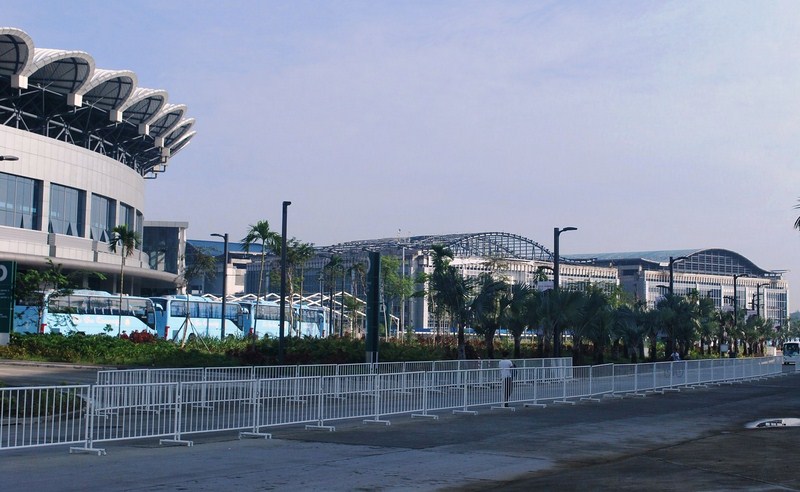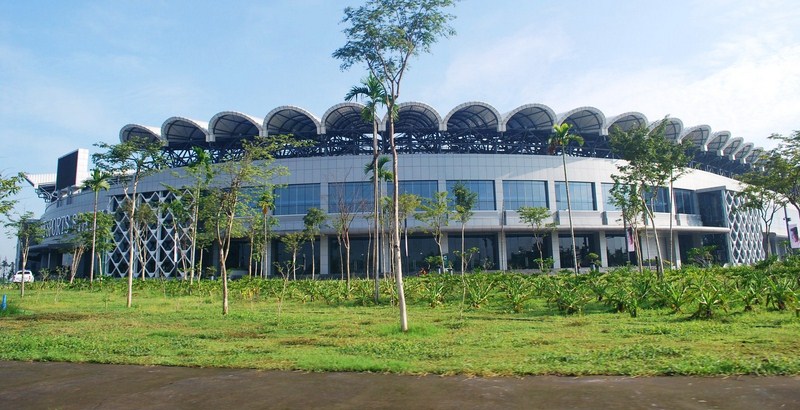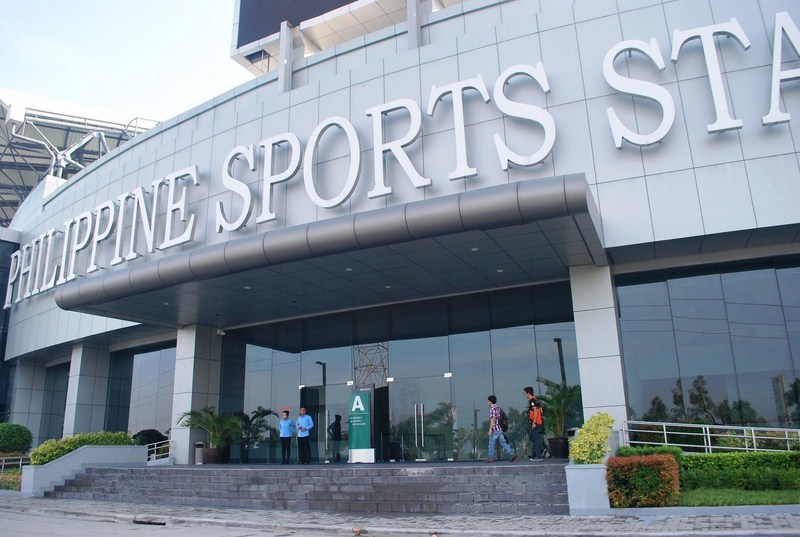As part of AAP’s Corporate Social Responsibility (CSR), the drive caravan drove to Bahay at Yaman ni San Martin de Porres (BYSMDP) in Bustos, a sprawling retreat center that also serves as an orphanage, housing abandoned children of different ages that were rescued from the streets of Manila. To reach the center, we weaved through rice fields and paddies.
The center had its beginnings in 2002 as a feeding center in Tondo for the street children of Manila (the “Bambang Kids”) through the initiative of Rev. Fr. Florentino S. “Father Boyet” Concepcion. In December 2003, as the number of children in the center grew in number, Fr. Boyet transferred the “community” to a lot in Bustos, Bulacan donated by a good-hearted couple.
The center, sustained by volunteer psychologists and social workers, along with financial donors, now houses and cares for as many as 120 children in crisis (e.g. street children, runaways, orphans, homeless, destitute, abandoned and physically-abused), ranging in ages from 6 to 17.
The center has dormitories, surrounded by moat-like fishponds, where the children live, a chapel (Capilla de San Martin de Porres, built from November 2007 to February 2009), and special stone houses (several can be rented by solitude-seekers) just like the ones of the Ivatans of Batanes, another must-see in Bustos.
The lovingly designed and colorful Social Hall cum dining area, right across the dormitories, is artistically decorated with a makeshift chandelier made of dried twigs and branches, with empty bottles hanging on it. In this special place, the children gave a special performance.
A group played the violin while a thin but very energetic boy showed off his break-dancing moves.
Beauty is everywhere and the vibrant colors, the Minimalist décor and the ingenious artistry combine to create an atmosphere of love and community.
Bahay at Yaman ni San Martin de Porres: Mission Road, Brgy. Bonga Menor, Bustos 3007. Bulacan Office Tel:+63 2 710-7033. Manila Office Tel: +632-367-0272. Mobile number: (0918) 517-4492, (0917) 517-4492 and (0922) 872-1016.
Automobile Association Philippines (AAP): 28 EDSA, Greenhills, San Juan City. Tel: (632) 655-5889. Fax: (632) 655-1878. E-mail: info@aap.org.ph. Website: www.aap.org.ph.

